 Click image to enlarge.
Click image to enlarge.
 Click image to enlarge. Click image to enlarge. Shown is a former gas station in Brewton. Everybody has seen them—the simple old gas stations that once dispensed full service with a smile—now standing empty. Some have found new uses, like the old Sinclair station that presently serves as a restaurant in Montgomery. Many, however, were abandoned as the local community disappeared or the traffic moved to a newer highway. And there they remain, overlooked, but still important to our state’s history.
8 Comments
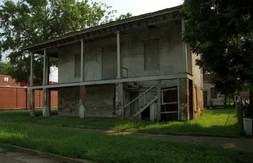 Click image to enlarge. Click image to enlarge. Only ninety-three years after its completion, the Plattenburg House was grand enough to be recorded by the 1935 Historic American Building Survey. Built in 1842, the rare raised cottage with Greek Revival and Italianate details served as the center of Wesley Plattenburg’s plantation. It is one of the few structures shown on the map of the Battle of Selma. The city grew up around the house, which is all that remains of Plattenburg’s twenty-two-hundred-acre plantation. The cottage’s charms have attracted many fans and helpers. The Alabama Historical Commission, local preservation groups, and volunteers have given time and money to stabilize it. With a loving owner, it could once again be as beguiling as any showplace in Selma. 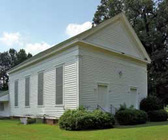 Click image to enlarge. Click image to enlarge. The passion for Greek architecture that swept Alabama in the mid-nineteenth century expressed itself in a full range of building types. Occasionally it erupted in bold and high-style buildings, but more often it appeared in simplified forms. Here, in the Christian Valley Baptist Church, simplicity and plainness prevail, giving the circa 1870 structure the feel of the ideal rural Alabama church. 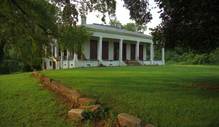 Click image to enlarge. Click image to enlarge. Its parlor once had two grand pianos; its dining room could seat twenty. Its last occupant was William Varner, a judge. But now the Varner House in Tuskegee is vacant and boarded up, and no one seems to have a use for it. Built in 1853, the one-story Greek Revival house is one of the finest antebellum places in town. Located between Tuskegee University and the Main Street Historic District (and also within eye-shot of “Grey Columns,” the president’s house), the Varner House provides a visual link between those two historic districts. It is a building worth saving. 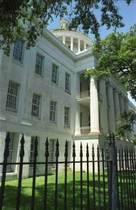 Click image to enlarge. Click image to enlarge. Neglect and lack of funds threaten Barton Academy, one of Alabama’s finest early Greek Revival buildings and one of the nation’s oldest remaining public school buildings. Designed in 1836 by nationally prominent New York architects James Gallier, Charles Dakin, and James Dakin, Barton Academy won national acclaim for its architectural excellence. In spite of its overwhelming significance, there is little public sentiment for the building. |
Alabama's Endangered Historic LandmarksEach year since 1994, Alabama Heritage has highlighted threatened historic sites throughout Alabama. The “Places in Peril” list has identified more than 215 imperiled historic resources throughout the state, and is compiled by the Alabama Historical Commission and the Alabama Trust for Historic Preservation. The locations highlight the results of deferred maintenance, perceived obsolescence, development pressures, and lack of funding—forces that now more than ever threaten our cultural legacy. But awareness is a powerful force, too, and can cultivate a renewed determination to be responsible stewards of our heritage. For more information, visit the AHC or the ATHP websites. Alabama Heritage is proud to bring to you a selection of the places designated as perilous. Please keep your comments to information relevant to the featured place in peril. Alabama Heritage reserves the right to delete any comment that we deem inappropriate. Archives
May 2024
|
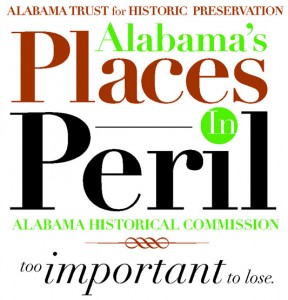
 RSS Feed
RSS Feed